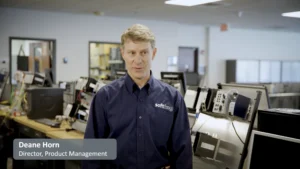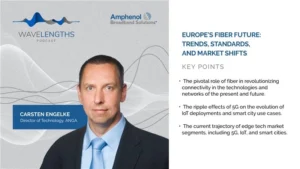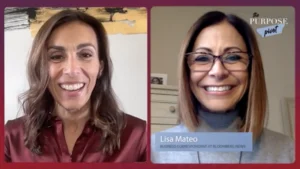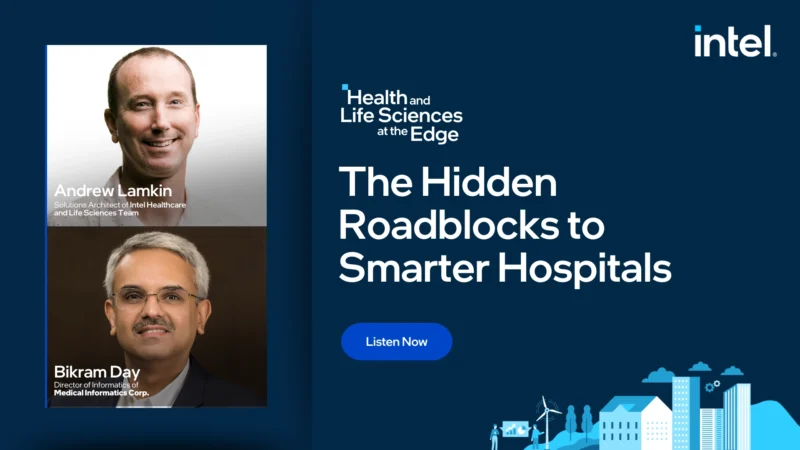High In-Clinic Costs and Medical Labor Shortages are Driving the Growth of Wearable Heart Monitoring Devices
An aging population might seem like the biggest driver in the growth of wearable heart monitoring devices, but it’s more layered. The digital revolution in healthcare has been a long time coming, and the proliferation of wearables, particularly for diabetics and cardiac patients, has marked a significant milestone. This is not just a triumph of engineering but an emblem of a broader shift of medicine’s pivot towards decentralization. As healthcare costs spiral and the pressure on medical infrastructure grows, wearables offer a two-fold advantage.
As a result, a patient’s home becomes a second clinic, where continuous monitoring often proves more effective than clinical tests. Plus, patients prefer it, too, for the comfort and the autonomy it provides. This decentralization is especially crucial as the population ages and the prevalence of chronic diseases, including cardiovascular ailments, increases. The next frontier is expanding the list of markers these wearable “masterpieces” can measure, transforming them from disease-specific tools to general health monitors.
Well-versed in this field is Jason Heikenfeld. He is a Professor of Biomedical Engineering at the University of Cincinnati and a pioneer in the field of bio-wearables. He has held various positions at the institute where he’s worked for almost two decades. His extensive research focuses on next-generation sensors that will undoubtedly shape the future of decentralized healthcare. Heikenfield is also the co-founder of HydroLabs and Kilele Health, the latter where is also CTO.
He emphasized that innovative technology in health is continually expanding and growing based on patient needs. An aging population and the propensity of chronic illnesses are a clear factor in the growth of wearable heart monitoring devices, added Heikenfeld. But there are several other elements playing a part, too.
Heikenfeld’s Thoughts on Wearable Heart Monitoring Devices
Wearable Technology’s Progress and Its Benefits
“First off, you’re building on a solid foundation. So companies like Dexcom, Abbott, Medtronic, what they’ve achieved with continuous glucose monitors for diabetes has been one of the biggest breakthroughs in technology for medicine of the past several decades. And then you see a lot of this happening in cardiovascular disease where you see a proliferation of wearables that help the patient achieve better outcomes outside the clinic as well.”
“And so first off, there are proven successes which people can point to and model, right? And so we’re no longer in the stone age of wearable technology.”
Decentralization in Healthcare and The Push for Efficiency
“But that’s just a small fraction of all the different chronic diseases that exist. For hospitals and for providers in general, there’s a huge push to decentralize medicine, get it out of the clinic. And there’s a couple drivers. One, there’s costs. So doing things in clinic is costly. And secondly, we’ve got an infrastructure problem. Do we have enough doctors? Do we have enough diagnostic equipment? Do we have enough appointments we can schedule?”
“We’ve got to basically find out ways to streamline this and make it more efficient with the infrastructure we already have.”
“And the other half of that is, you know, which has been proven for glucose monitors and heart monitors is you’ve got improved outcomes for patients. And in many cases, you have patient preference as well. So patients are demanding this more and more often because not only does it help them, you know, get better faster, but it also is better than taking a patient that’s in a fragile state and dragging them back to clinic for blood tests over and over and over again.”
Risks of Cardiovascular Disease and Its Ubiquity
“Well, cardiovascular disease, it’s coming for all of us, essentially. And if you look at the stats, I think it’s if you get close to 60, then you already have a 50 percent chance of having a heart disease or cardiovascular disease.”
“And so it’s something that’s going to affect all of us, especially as the population ages. And so cardiovascular disease is unlike diabetes, which can occur younger. It’s just a matter of time for most of us before this becomes a reality for us.”
Next-Generation Sensors and Expansion into Other Areas
“I think for a lot of us that are working in this field, looking to create the next generation of sensors, one of the biggest things we have and advantages is that if you look at the existing glucose monitors, they are total works of art. They’re beautiful. I mean, they last for two weeks. They’re totally disposable. They’re affordable. They’re highly accurate. Patients apply them and most don’t feel any pain or anything whatsoever.”
“So the patients are very happy with them as well. And so the biggest thing is taking measures now beyond just just glucose.”
“And you can see Abbott starting to do that. They’re going to they’ve announced that they want to start doing ketones as well. But there’s a lot more value beyond that as well.”
“And so the devices are beautiful. They’re works of art. They are highly economical at this point as well. And the next big push is really to leverage that existing success, but have it measure other markers related to other chronic disease states.”
Article written by Alexandra Simon.








